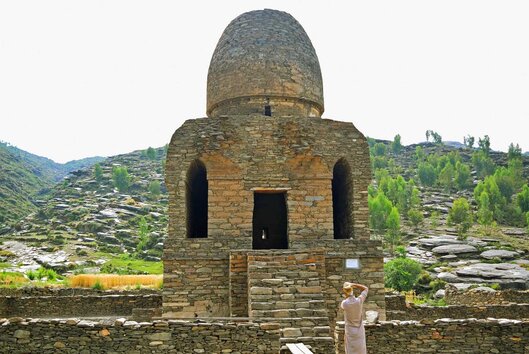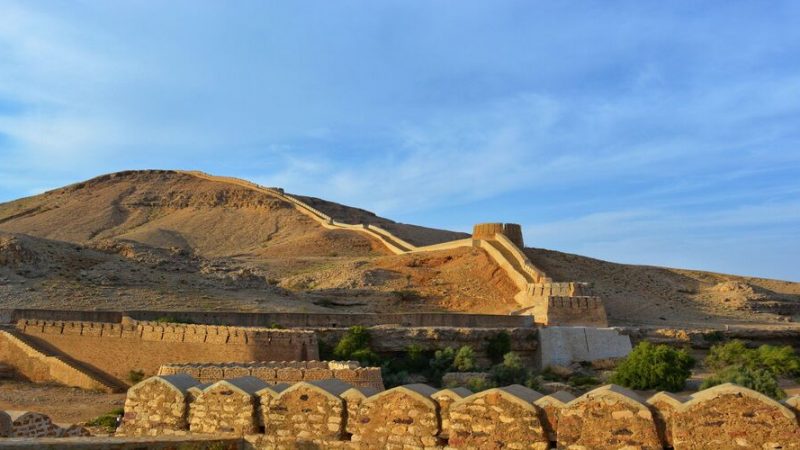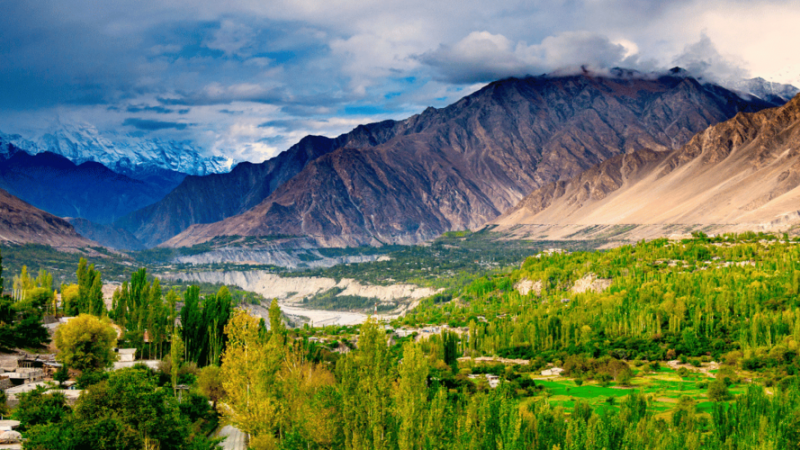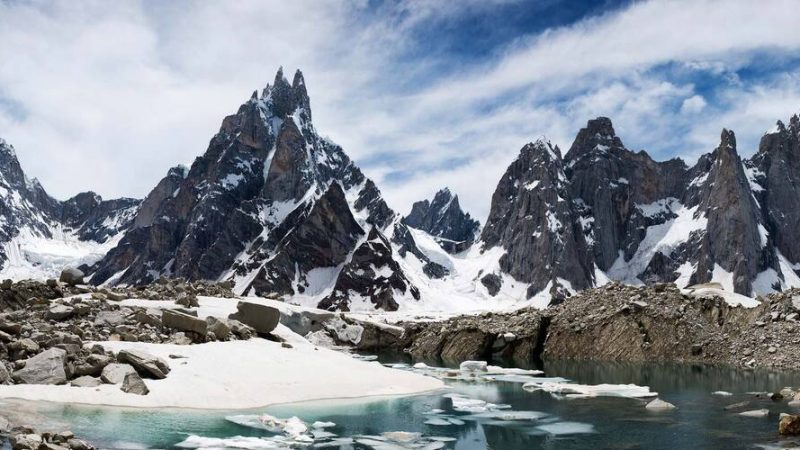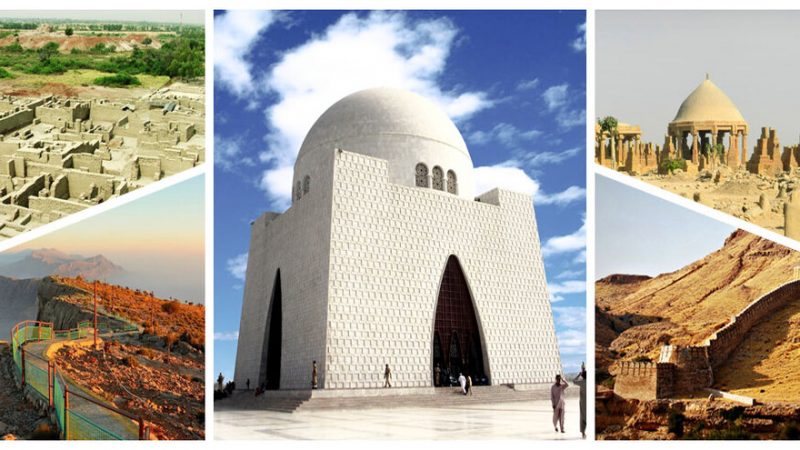2000 years old heritage sites of Pakistan | Indus/Gandhara civilizations
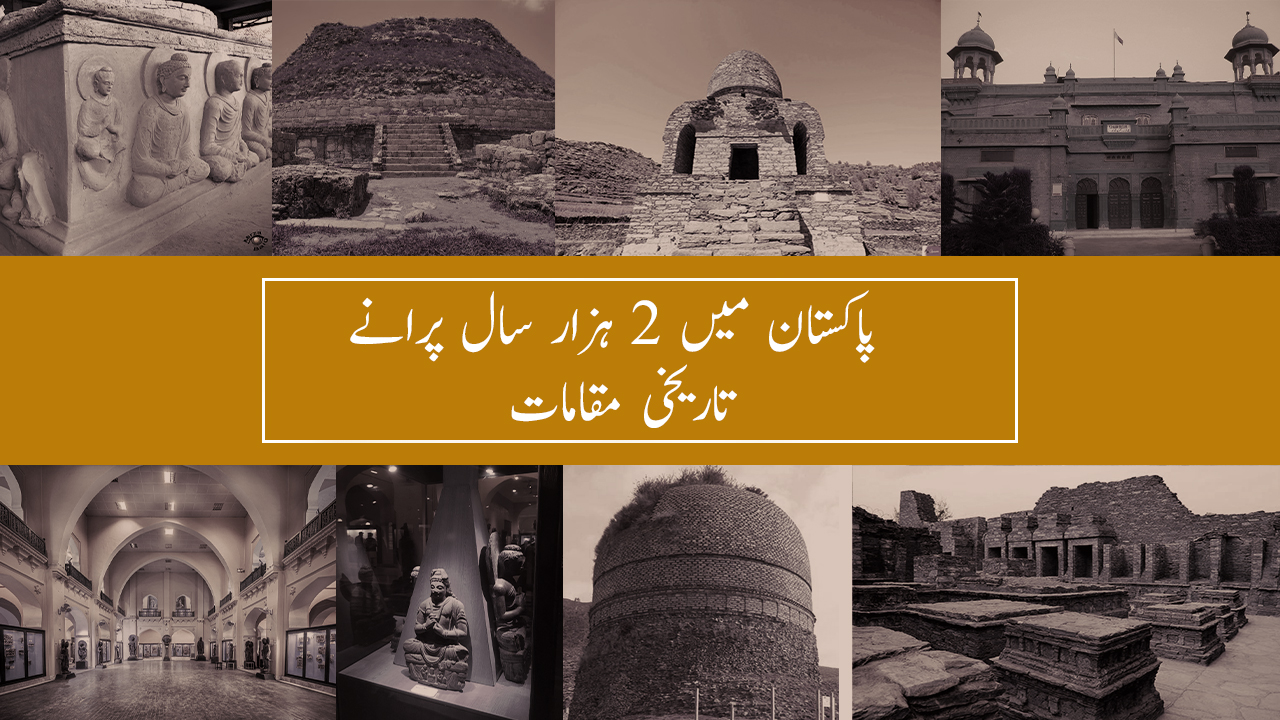
Pakistan is a region with a rich and diverse history, including several civilizations that have thrived over the past 2000 years. Here are some of the notable ancient civilizations in Pakistan, along with their names, approximate years of discovery, brief descriptions, and locations:
Indus Civilization
The Indus Civilization, also known as the Harappan Civilization, was one of the earliest urban civilizations in the world, flourishing around 2600 BCE to 1900 BCE in the region of the Indus Valley, which encompasses parts of present-day Pakistan and northwest India. Although much is still unknown about the Indus Civilization, archaeologists have uncovered various names and terms associated with the civilization. Here are some notable names:
1. Harappa
Harappa is an archaeological site in Punjab, Pakistan, about 24 km west of Sahiwal. It was a well-planned urban center with a complex layout, including a grid-like street system and advanced drainage. The city had a population of around 40,000 to 50,000 people and engaged in agriculture, trade, and craftsmanship. Harappa’s artifacts and undeciphered script provide insights into its culture. The decline of the Indus Valley Civilization and limited historical knowledge add to its mysteries. Harappa is an important archaeological site that sheds light on ancient urban civilizations.
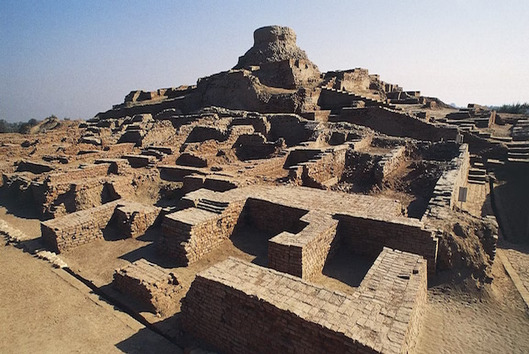
2. Mohenjo-Daro
Mohenjo-Daro, meaning “Mound of the Dead,” was an ancient city of the Indus Valley Civilization that flourished around 2500 BCE in what is now modern-day Pakistan. Mohenjo-Daro is located off the lower Indus River’s right (west) bank in Larkana District, Sindh, Pakistan. This archaeological marvel was one of the world’s earliest urban settlements, boasting impressive urban planning, advanced drainage systems, and intricate architecture. The city showcased a grid-like street layout with well-organized residential areas, public buildings, and a grand citadel. Mohenjo-Daro was a testament to the civilization’s engineering prowess, featuring brick houses, public baths, granaries, and a Great Bath, believed to have had ritualistic and social significance.
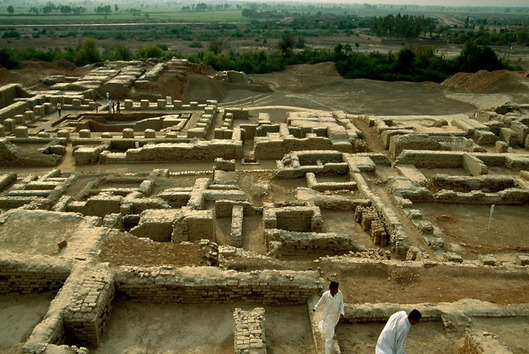
Gandhara Civilization
The Gandhara Civilization, also known as the Gandhara Kingdom or Gandharan Civilization, was an ancient cultural and archaeological region in modern-day Pakistan. It flourished from around the 6th century BCE to the 11th century CE. Here are some prominent names associated with the Gandhara Civilization in Pakistan:
1. Bhamala Stupa
The Bhamala Stupa is an ancient Buddhist monument dating back to the 2nd century CE. It is located in Taxila, Pakistan. It consists of a large domed stupa surrounded by smaller and monastic cells. 1929 British archaeologists discovered the site and excavation work revealed valuable artifacts, including the “Tooth Relic of Lord Buddha.” The stupa holds cultural and religious significance, attracting visitors worldwide. Conservation efforts have been made to preserve the site, including constructing a protective wall and establishing a museum. The Bhamala Stupa serves as a reminder of the region’s rich Buddhist heritage.
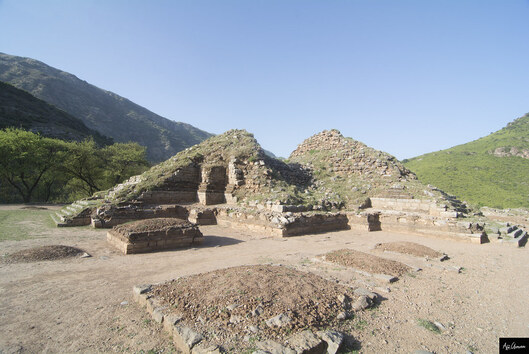
2. Jaulian Stupa and Monastery
The Jaulian Stupa and Monastery is an ancient Buddhist site located in Taxila, Pakistan. Dating back to the 2nd century CE, it consists of a large stupa and monastery complex. The stupa served as a place of worship and meditation, while the monastery provided residential cells and educational facilities for monks. Excavations have unearthed a wealth of artifacts, including statues, inscriptions, and pottery, shedding light on the Buddhist culture of the time. As a UNESCO World Heritage Site, the Jaulian Stupa and Monastery attracts visitors who are intrigued by its historical and religious significance. Efforts have been made to preserve and restore the site, ensuring its conservation for future generations to explore and appreciate.
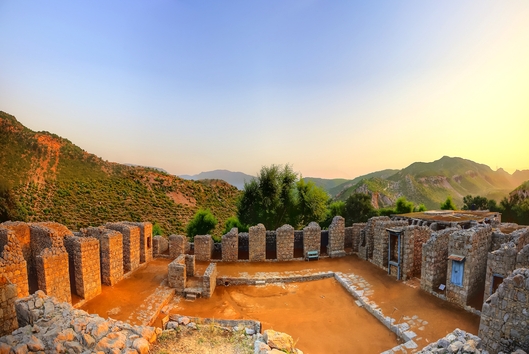
3. Takht-i-Bahi
Takht-i-Bahi is an ancient Buddhist monastery complex in northwestern Pakistan. It was built in the 1st century CE and served as a center of Buddhist learning and pilgrimage for several centuries. The architecture combines Gandhara and Gupta styles, showcasing a blend of indigenous and regional influences. The well-preserved ruins include monastic cells, assembly halls, and stupas, and offer valuable insights into the region’s ancient Buddhist civilization. Today, Takht-i-Bahi is a UNESCO World Heritage Site and a popular tourist destination, attracting visitors with its rich cultural heritage and serene natural surroundings.
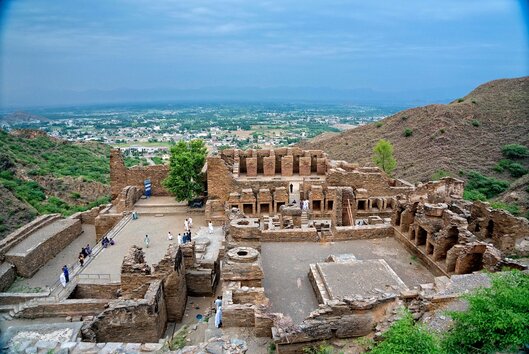
4. Jehanabad Buddha
Jehanabad Buddha in Swat, Pakistan, is an ancient Buddhist site from the Gandhara civilization. It features a monastery, a stupa, and stunning stone carvings. The 20-foot-tall seated Buddha statue, carved into the rock, is a prominent attraction. The site’s historical and artistic significance has earned it UNESCO recognition. Visitors, including Buddhists on pilgrimage, appreciate the rich heritage and architecture of Jehanabad Buddha. The complex includes viharas, courtyards, and assembly halls, showcasing the artistic skill of the Gandhara artists. Remnants of frescoes and smaller sculptures add to its cultural value. It stands as a testament to the vibrant Buddhist history in the region.
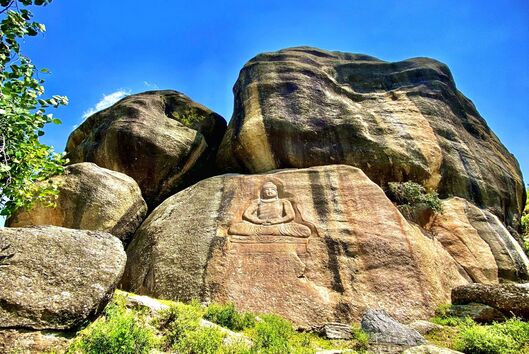
5. Bazira
Bazira, located in the Swat Valley of Pakistan, is an ancient archaeological site from the Gandhara civilization. It was once a thriving city during the Gandhara civilization, which flourished from the 1st century BCE to the 5th century CE. It was a bustling city along the Silk Road, known for trade and commerce. The ruins reveal a well-planned city with fortified walls, residential areas, and religious structures like stupas and monasteries. Bazira has yielded a wealth of artifacts, including coins, pottery, and sculptures, providing insights into the Gandhara culture. The city’s historical significance and artifacts attract visitors and researchers, offering a glimpse into the region’s vibrant past. Bazira stands as a testament to the ancient civilization that once thrived in the Swat Valley.

6. Shingerdar Stupa
Shingardar Stupa is a significant Buddhist archaeological site in Swat Valley, Pakistan. Dating back to the 2nd century BCE, it is a circular structure with intricate carvings and bas-reliefs. Standing on an elevated platform, it was a place of worship and pilgrimage, showcasing the Gandhara civilization’s artistic craftsmanship. Despite erosion and damage, the stupa remains an important cultural and historical landmark, attracting visitors interested in the region’s Buddhist heritage.
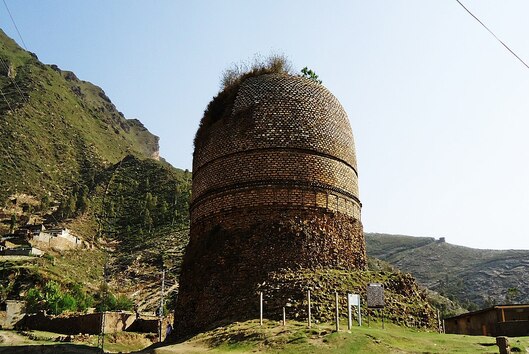
7. Amluk-Dara Stupa
The Amluk-Dara Stupa is a notable Buddhist archaeological site situated in Swat Valley, Pakistan. The Amluk-Dara Stupa was discovered in the year 1960. Belonging to the ancient Gandhara civilization, this stupa dates back to ancient times. It is a circular structure with intricate brickwork and carvings, showcasing the influence of Greek and local Gandhara traditions. The stupa stands on an elevated platform, serving as a place of worship and pilgrimage for Buddhists. Despite the passage of time, the Amluk-Dara Stupa remains a significant testament to the region’s rich Buddhist heritage and attracts visitors interested in its historical and cultural significance.
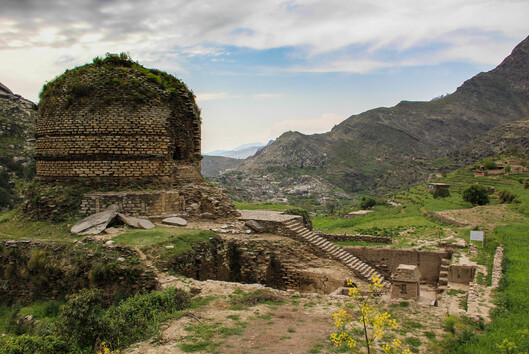
8. Gumbat Stupa
Gumbat Stupa, located in Swat Valley, Pakistan, is an ancient Buddhist monument believed to date back to the 2nd century BCE. Standing at around 20 meters tall, it is one of the oldest surviving stupas in the region. The stupa’s circular base and solid dome structure, constructed with large stone blocks, showcase the intricate carvings and decorative motifs of the ancient Gandhara civilization. With its serene setting amidst lush green hills, Gumbat Stupa attracts visitors seeking a glimpse into the region’s rich Buddhist heritage. It is considered a sacred site and is believed to have enshrined important relics of Lord Buddha or revered Buddhist monks. Over the centuries, Gumbat Stupa has witnessed cultural influences from Buddhism, Hinduism, and Islam, serving as a testament to the diverse history of the Swat Valley.
